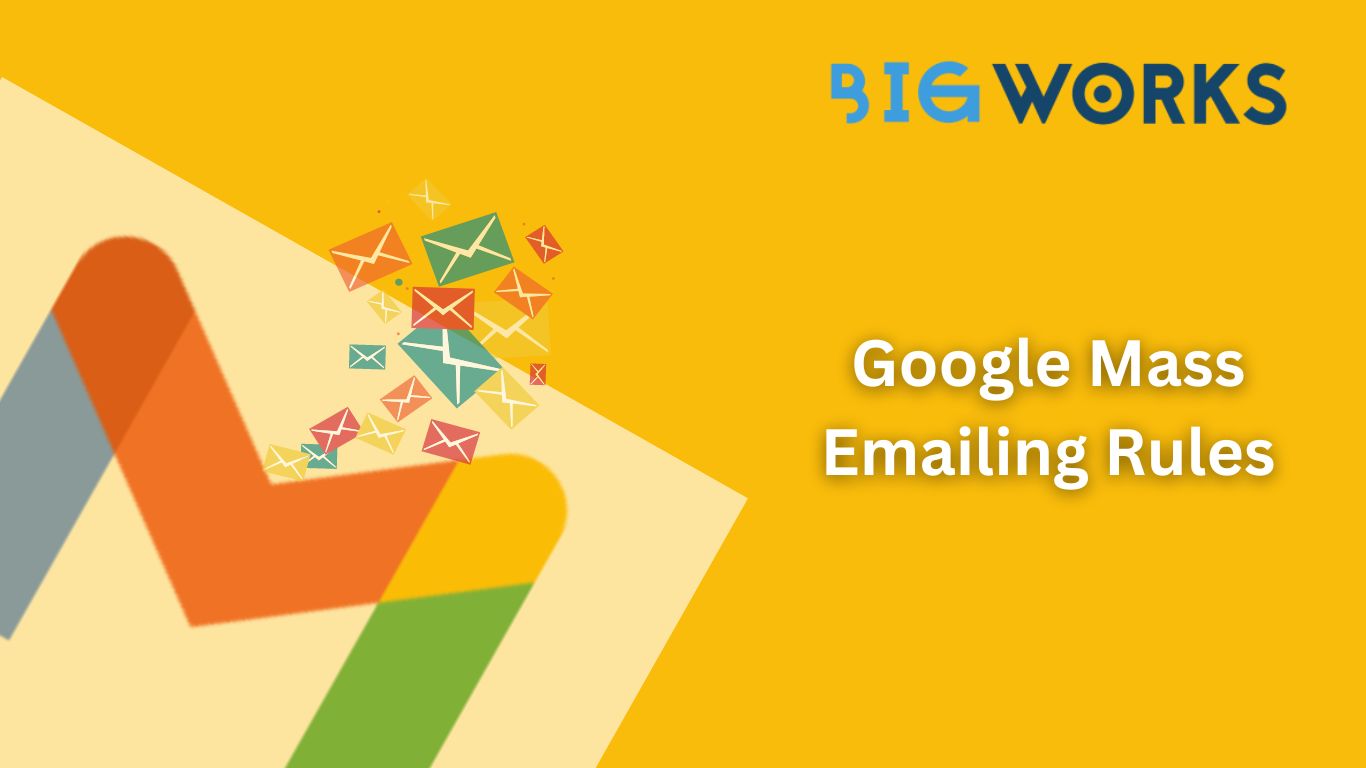Open rates have long assisted marketers in analyzing the success of email subject lines and deliverability rates. While it’s believed it’s the most reliable metric for emails, it’s actually not.
For targeted emails, especially ones sent to your registered customers, yes open rates can be a great metric to track success, however, when it comes to the acquisition of new customers or ones sent for top-of-the-funnel marketing, it’s a different ball game.
Here are some other metrics for emails that must be tracked, even more so than the open rate:
- Click-Through Rate (CTR): CTR measures the percentage of recipients who not only open your email but also click on a link or call to action within the email. This is the best indicator of success as it shows that customers are interested enough to click on links, e.g. sign up.
- Conversion rate: Conversion rate directly correlates to open rate. It measures the receipts who’ve taken the desired action after clicking, which could be downloading a resource, registering on your website, etc.
- Bounce rate: This tells you the percentage of recipients who did not get the email you sent. If this is high, you must look into the content and deliverability of your email.
- Unsubscribe rate: this is one of the most important metrics as it shows you how many people unsubscribed from receiving your emails, if it’s too high, your content is not being received or read well.
- Engagement Metrics: Beyond open rates, tracking metrics like time spent reading, interactions with embedded content, and social media shares can provide a more nuanced understanding of how deeply your audience is engaging with your content.
The overall goals of an email can vary depending on your business objectives, target audience, and the specific type of email you’re sending. However, here are some common goals that email in marketing campaigns often aim to achieve:
- Utilize marketing emails to achieve key objectives: drive conversions by guiding recipients towards actions like purchases, or webinar sign-ups, ultimately boosting business revenue; simultaneously, foster and cultivate relationships with the audience by delivering valuable content, insights, and personalized recommendations, thereby establishing trust and loyalty in the long run.
- Increase Engagement: Engagement-focused emails are sent out with the purpose of getting your recipients to conduct actions on your emails. This could range from clicks, which ultimately gets you conversion, to simply getting traffic on social media. Thus enabling you to gauge just how actively your users read your emails.
- Increase Brand Awareness: Emails are a great way to increase brand visibility. As it’s simple and free, regularly sent out emails can help spread the word about your business, or at the least, create brand recall. Once you know your emails are being read, you can actively promote links, product launches, events, news, or offers via those emails. Ps, it’s important your emails don’t have too much advertising or promotional material from the beginning as it could land in spam.
- Retain, revive and acquire: Some customers come but don’t stay active, some churn out and others don’t sign up at all. These customers can be filtered into targeted segments and can be actively reached out with different strategies. For example, to acquire, you can highlight past success stories, and to revive, you can talk about current offers.
- Feedback: Lastly, you need to understand what your customers think of you. If the goal is to hear back from them or know what their feedback is, you can design interactive emails which are clickable and let the user choose an answer. Or you can simply attach a survey in your email, thus utilizing their feedback in your product.
These are some goals your email marketing campaigns can drive. However, it depends on your brand and product, what stage your business is in, and what your customers are like. You must conduct thorough research into what you want out of your emails, who you’ll be sending them to, and tracking the right metric.
If done well, email marketing can be the best passive tool for your marketing efforts.





